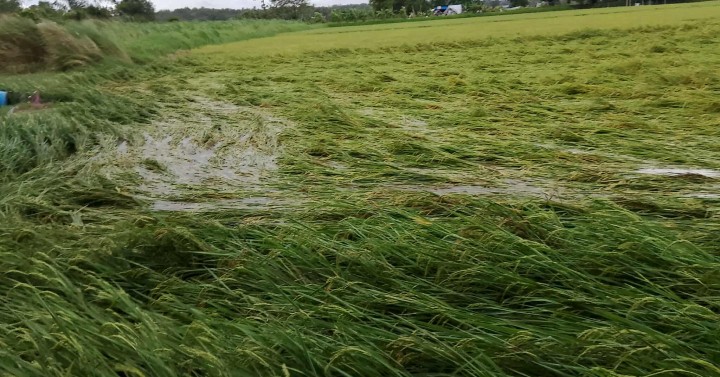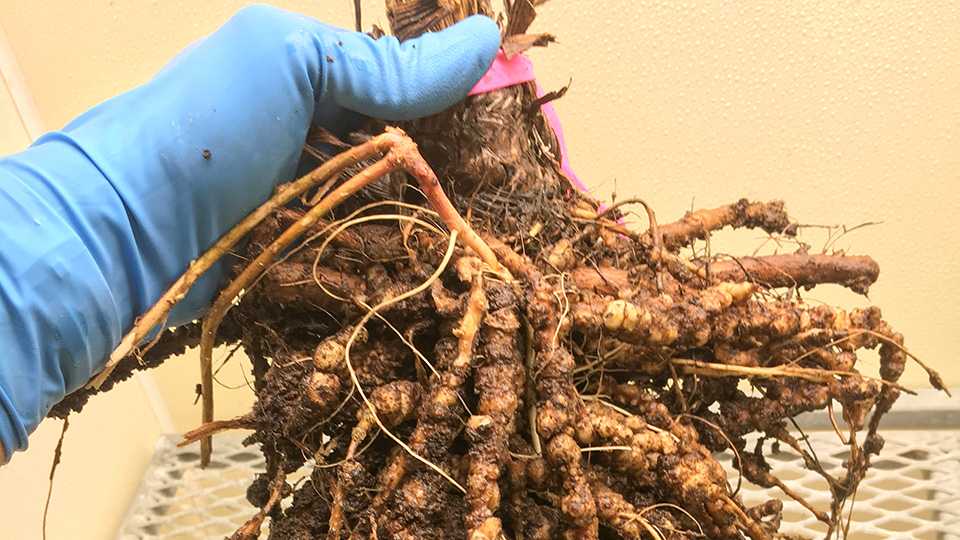The agricultural devastation caused by Typhoon “Tino” has climbed to over P185 million, affecting more than 9,500 farmers and fisherfolk across Iloilo Province — but recovery efforts are now in motion as crop insurance payouts and assistance are being mobilized through the state-owned Philippine Crop Insurance Corporation (PCIC).
Based on the final consolidated report of the Provincial Agriculture Office covering November 2–6, 2025, the total damage reached P₱185,254,050.39, spanning six key sectors — rice, corn, cassava, high-value crops, livestock, and fisheries.
“The coastal municipalities were hit hardest. Many fishing boats were damaged beyond repair, and valuable seaweed structures were destroyed, significantly impacting local fish populations and shellfish production,” said Felina Grace Basco, officer-in-charge of the Iloilo Provincial Agriculture Office.
Rice and high-value crops hardest hit
Of the total losses, P63.6 million came from rice plantations across 38 municipalities, mostly newly seeded fields that succumbed to flooding.
High-value crops — including vegetables and fruit-bearing plants — followed closely with P63.3 million in damages in 27 towns. Corn and fisheries losses were pegged at P8.4 million and P48.1 million, respectively.
Livestock and poultry losses reached P1.4 million, while cassava crops accounted for P256,925 in reported damages.
Preparedness mitigated further losses
Basco credited the province’s early warning and preparedness measures for preventing what could have been worse devastation.
“The proactive communication strategy we implemented has proven effective. We were able to inform our farmers and fisherfolk about the typhoon’s trajectory and urged them to take necessary precautions. Many fishers successfully secured their boats in advance of the storm’s arrival,” she said.
Farmers urged to claim insurance
To speed up recovery, Basco said insured farmers and fishers under the PCIC are now being assisted to file their claims. Financial disbursements, which began in 2024, continue this year to support rehabilitation efforts.
PCIC-6 regional manager Eva Ulie Laud reminded affected individuals to immediately report damage through their municipal agriculture offices.“Para ma-avail ini nila (farmers), makadto sila sa aton municipal agriculture officers… once may damage, ma-report sila notice of loss,” she explained.
Under PCIC’s guidelines, rice and corn farmers can claim up to P20,000 per hectare, while motorized fishing boats are covered up to P40,000. Livestock insurance requires proof of total loss.
Laud said that despite consecutive disasters, the P590 million allocation for 2025 remains sufficient to cover indemnity payments across Western Visayas.
Long-term recovery plans underway
Provincial officials are now crafting recovery programs to rehabilitate farms, rebuild market access routes, and restore food supply chains disrupted by the typhoon. These include food and financial assistance, seed and livestock distribution, and sustained monitoring to avoid ecological damage during recovery.
“As the province navigates this challenging period, the focus remains on collaborative efforts to ensure the agricultural community can recover and sustain itself against future climatic challenges,” Basco said.
Source - https://www.panaynews.net













